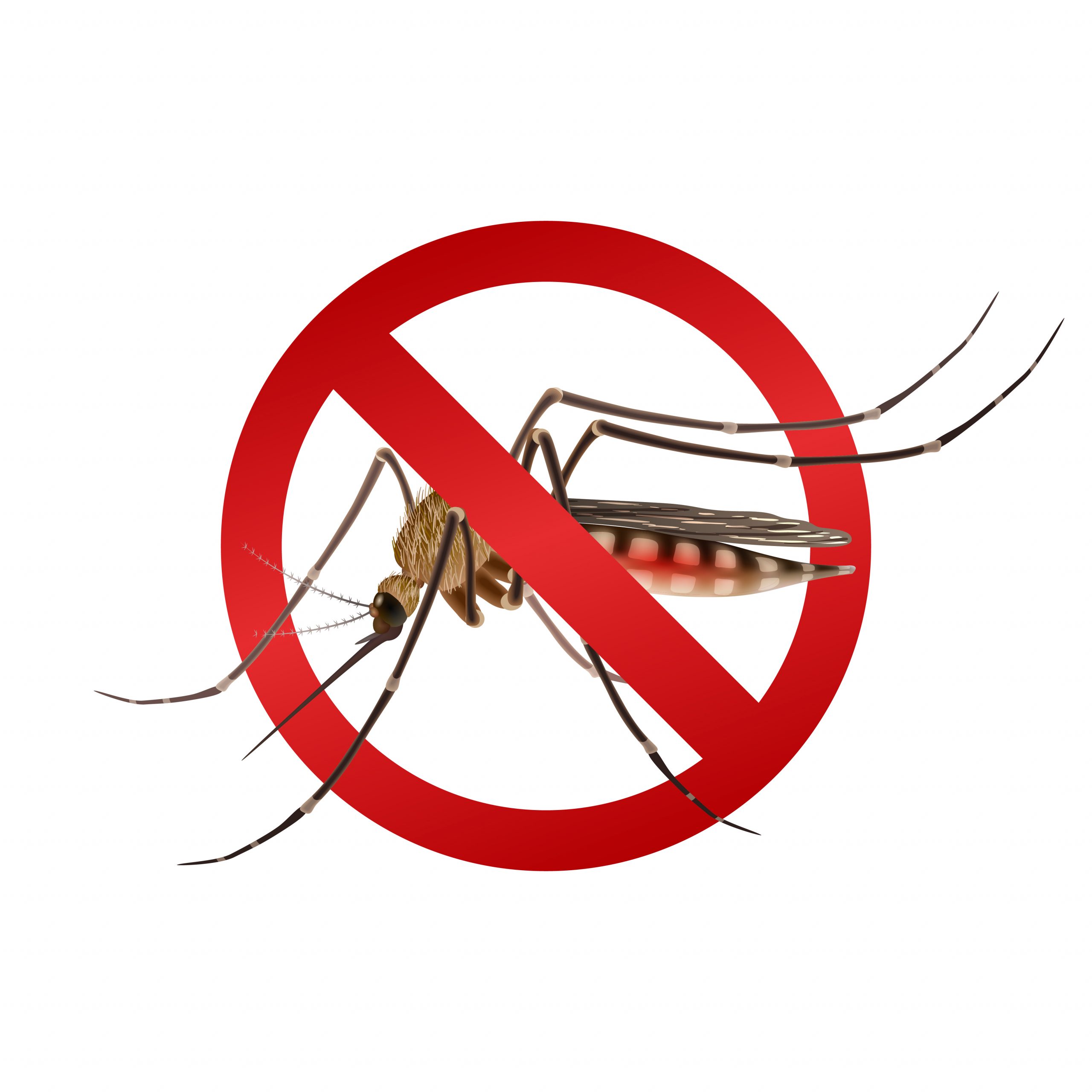News Highlight:
Each year, WHO’s World malaria report provides a comprehensive and up-to-date assessment of trends in malaria control and elimination across the globe.
Key Takeaway:
The World malaria report tracks investments in malaria programmes and research as well as progress across all intervention areas: prevention, diagnosis, treatment, elimination and surveillance.
Malaria:
- About:
- It is a mosquito-borne blood disease caused by plasmodium protozoa.
- The parasites spread through the bites of infected female Anopheles mosquitoes.
- Disease Prevalence:
- It is predominantly found in the tropical and subtropical areas of Africa, South America as well as Asia.
- Symptoms:
- Fever and flu-like illness, including shaking chills, headache, muscle aches, and tiredness.
- Prevention and Cure:
- It is preventable as well as curable but can be fatal in case of late or no treatment.
- Vector control is the main way to prevent and reduce malaria transmission.
- Antimalarial medicines are used to prevent malaria e.g. Chemoprophylaxis, Artemisinin-based Combination Therapy (ACT).
- Recent developments: In October 2021, WHO recommended RTS, S for children living in sub-Saharan Africa and in other regions with moderate to high P. falciparum malaria transmission.
- RTS, S is the first vaccine ever to be recommended by WHO against a human parasite

World Malaria Report:
- The World Health Organization releases the World Malaria Report every year.
- It provides a comprehensive and up-to-date assessment of trends in malaria control and elimination across the globe
Highlights of the World malaria Report:
- Total Cases and Deaths due to Malaria:
- Deaths came down to 619,000 in 2021 from 625,000 in the first year of the pandemic, it remained higher than the pre-pandemic level of 568,000 deaths in 2019.
- As for Malaria cases, the upward trend continued but at a slower rate — 247 million cases in 2021, compared to 245 million cases in 2020 and 232 million in 2019.
- High-burden countries scenarios:
- Among the 11 high-burden countries, five — the Democratic Republic of the Congo, Ghana, India, Niger and the United Republic of Tanzania — recorded a decline in deaths.
- But these countries continued to contribute heavily to the global disease burden.
- vector control tool:
- Insecticide-treated bednets (ITNs) are the key vector control tool used by endemic countries.
- Prevalence of Intermittent Preventive Treatment in Pregnancy (IPTP) has remained consistent in 2021 as compared to 2020.
- Overcome Hurdles:
- Hurdles impeding the process of ending Malaria include – mutating parasites which can evade rapid diagnostic tests, increasing drug resistance and the invasion of urban-adapted mosquitoes, especially in Africa.
- New tools and fundings to deploy them are urgently needed to help defeat malaria.
Initiatives related to Malaria:
- Initiatives of WHO:
- Celebration of World Malaria Day on 25th April every year.
- World Malaria Day 2022 theme “Harness innovation to reduce the malaria disease burden and save lives.”
- E-2025 Initiative:
- The WHO has also identified 25 countries with the potential to eradicate malaria by 2025 under its ‘E-2025 Initiative’.
- Indian Initiatives:
- 5 year National Strategic Plan for Malaria Elimination: It shifted focus from Malaria control to elimination.
- Malaria Elimination Research Alliance-India (MERA-India): It is a conglomeration of partners working on malaria control.
Pic Courtesy: freepik
Content Source: WHO



